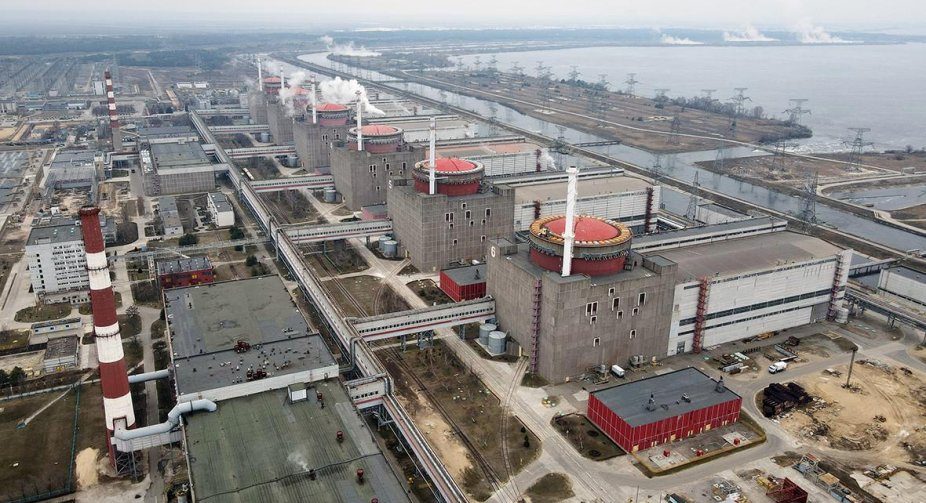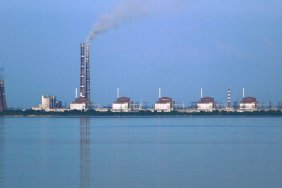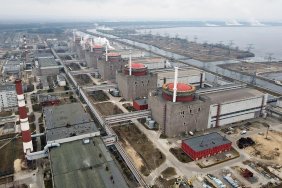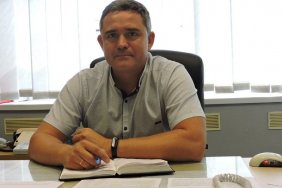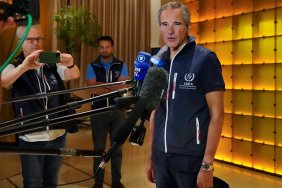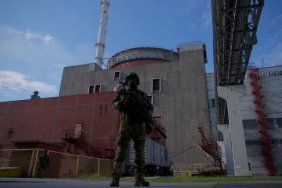Ukraine's Zaporizhzhya Nuclear Power Plant (ZNPP) is receiving power directly from the national grid again after engineers repaired one of four major external power lines damaged during the war, the IAEA said on Saturday.
According to the agency's release, the restored 750 kV line currently provides Europe's largest nuclear power plant, whose last operating reactor was shut down on September 11, with the electricity needed to cool the reactor and perform other critical safety functions.
After the power plant lost its connection to the same 750 kV line two weeks ago, it first relied on power generated by the plant itself and then on backup power lines that connect it to the grid through the CHP switchgear, the IAEA recalled.
In connection with the reconnection of the main line on Friday afternoon, three backup power lines are again in reserve. Three other main 750 kV external power transmissions, which were damaged earlier in the shelling, remain disconnected. All six reactors at the ZNPP are in a cold shutdown state, but they still need electricity to support necessary safety functions. Since September 5, the station has not supplied electricity to households, factories and other persons who depend on it for their needs.
The agency notes that the 750 kV line was restored on the same day when Energoatom announced the delivery to the station of spare parts for the repair of power transmission lines of the ZNPP, as well as additional fuel supplies for the station's emergency diesel generators. These supplies were confirmed on the spot by IAEA experts.
The agency and its general director, Rafael Grossi, state that the state of power supply at the ZNPP has improved over the past week, the general situation at the station remains unreliable. To stabilize it, the General Director initiated consultations with the relevant parties aimed at the immediate creation of a nuclear safety and protection zone at the ZNPP.
